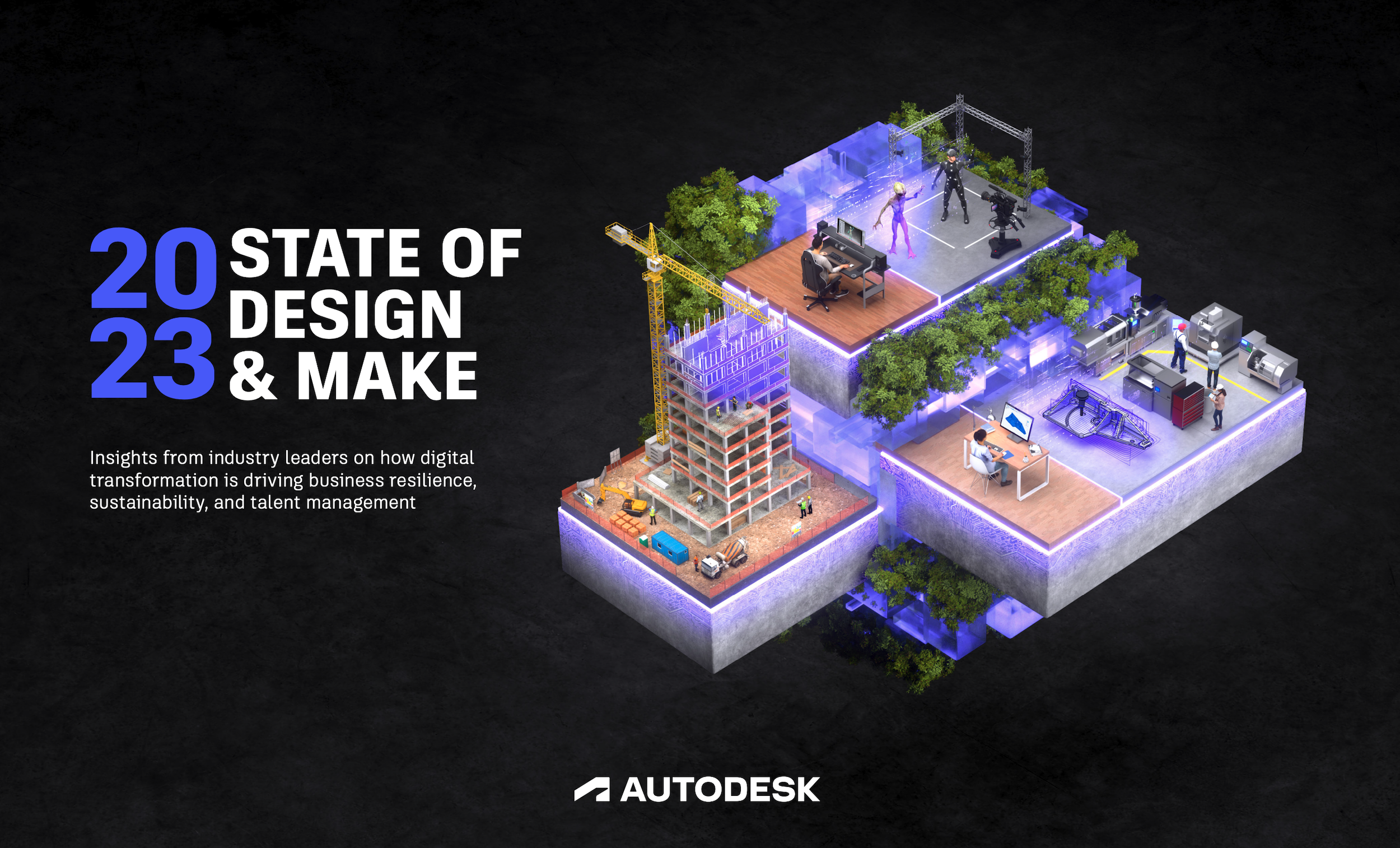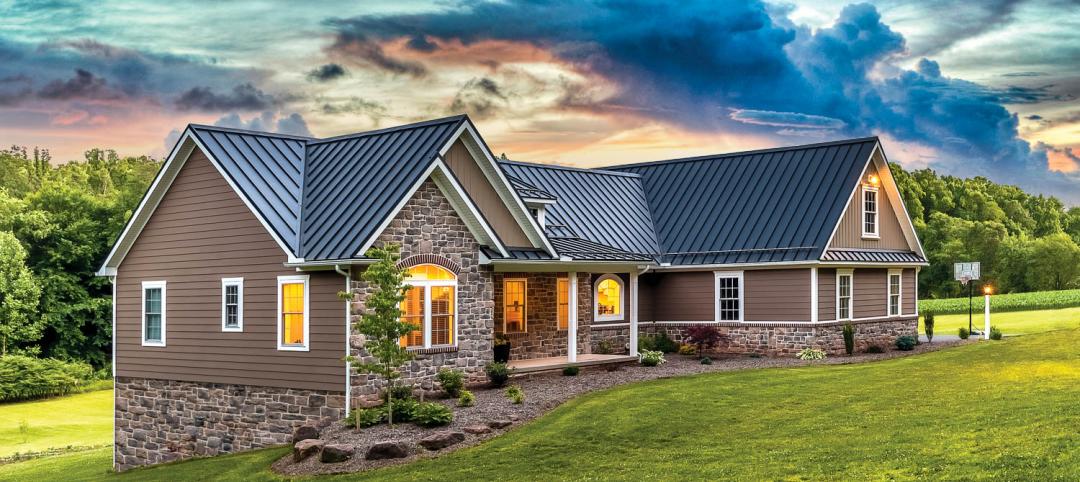A recent study, 2023 State of Design & Make by software developer Autodesk, contains some interesting takeaways for the design and construction industry.
Respondents to a survey of industry leaders from the architecture, engineering, construction, product design, manufacturing, and entertainment spheres strongly support the idea that improving their organization’s sustainability practices is good for business. Some 80% of respondents say stellar sustainability policies and practices strengthen their organization’s reputation and help in the war for talent.
“Sustainability attracts talent,” says Fiona Short, principal and architect at Warren and Mahoney, a multidisciplinary architectural practice, in a post on the Autodesk web site. “You want the right people to come and want to work for you, and you want to be a company that people are proud to work for. A focus on sustainability helps you to get the best out of people because they’re passionate and their work aligns with their values.”
The survey also found evidence to support the notion that digitally mature companies have a distinct advantage over peers who lag in adopting technology such as cloud computing. Many companies believe a robust digital platform that enables remote work will be a key competitive advantage. And the respondents say the performance gap between digitally adept firms and laggards is getting wider.
“If there is one overarching takeaway from the survey data and interviews, it’s this: success today and tomorrow depends on our ability to transform how we work, and digital tools will help us respond,” the Autodesk post says. “Modern, trusted design and make platforms allow people to create better, faster, more affordably and sustainably, by making data more accessible and extensible, and collaboration more seamless across functions, geographies, and industries.”
Related Stories
Codes and Standards | Jul 12, 2022
USGBC sets out principles for LEED’s future
The U.S. Green Building Council recently published a report containing principles outlining how LEED will evolve.
Building Team | Jul 12, 2022
10 resource reduction measures for more efficient and sustainable biopharma facilities
Resource reduction measures are solutions that can lead to lifecycle energy and cost savings for a favorable return on investment while simultaneously improving resiliency and promoting health and wellness in your facility.
Building Team | Jul 1, 2022
How to apply WELL for better design outcomes
The International WELL Building Institute (IWBI) cites attracting top talent, increasing productivity, and improving environmental, social or governance (ESG) performance as key outcomes of leveraging tools like their WELL Building Standard to develop healthier environments.
Green | Jun 22, 2022
The business case for passive house multifamily
A trio of Passive House experts talk about the true costs and benefits of passive house design and construction for multifamily projects.
Sustainable Design and Construction | Jun 14, 2022
For its new office, a farm in California considers four sustainable design options, driven by data
The architect used cove.tool’s performance measurement software to make its case.
Building Team | Jun 13, 2022
Partnership rethinks emergency shelters to turn them into sustainable, resilient homes
Holcim and the Norman Foster Foundation have struck a partnership to rethink emergency shelters to turn them into sustainable and resilient homes.
Green Specifications | May 12, 2022
MG2’s Sustainable Materials Evaluation System
Learn how MG2’s Sustainable Materials Evaluation System helps clients, prospects, and staff choose the most environmentally feasible materials for their building projects. Candon Murphy, LEED GA, Assoc. IIDA, Design Lab Manager and Materials & Sustainability Specialist with MG2, speaks with BD+C Executive Editor Rob Cassidy.
Sponsored | BD+C University Course | May 5, 2022
Designing with architectural insulated metal wall panels
Insulated metal wall panels (IMPs) offer a sleek, modern, and lightweight envelope system that is highly customizable. This continuing education course explores the characteristics of insulated metal wall panels, including how they can offer a six-in-one design solution. Discussions also include design options, installation processes, code compliance, sustainability, and available warranties.
Sponsored | Healthcare Facilities | May 3, 2022
Planning for hospital campus access that works for people
This course defines the elements of hospital campus access that are essential to promoting the efficient, stress-free movement of patients, staff, family, and visitors. Campus access elements include signage and wayfinding, parking facilities, transportation demand management, shuttle buses, curb access, valet parking management, roadways, and pedestrian walkways.

















